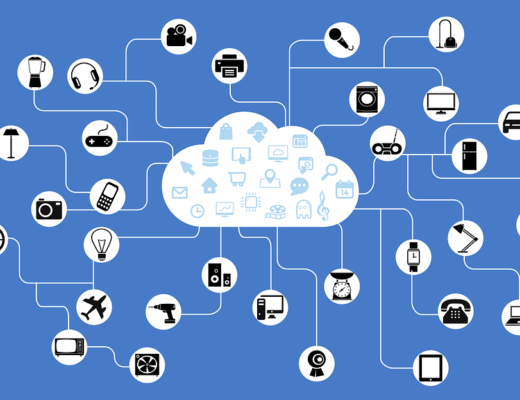Strategy Essentials
At its core, competitive advantage is about creating and selling different products and services and having a keen understanding of what they cost to produce, sell, and service as compared to competing firms. Failure to own both domains is a prescription for mediocre performance at best and failure at worst. Firms with products and services that are genuinely differentiated can charge a higher price and sustain those premiums because buyers value those product benefits.
Firms accomplish product and service differentiation by organizing their activities in unique ways competitors cannot replicate or could only do so at much greater financial, human, and organizational cost. How companies organize their work varies greatly and that is equally true in the IoT domain. The IoT activity categories are broad and complex with hardware, connectivity, product cloud, security, external data sources, and interoperability with ERP systems all part of the mix. Like a box of legos, the individual pieces offer up a lot of exciting opportunities.
In the face of this complexity, companies often focus on what they already know and what they can control. So, firms target operational efficiency gains instead of creating unique competitive positions. The behavior is understandable. Humans excel at pattern recognition and mirroring existing patterns is a very strong force in most organizations.
However, doing things differently is at the heart of competitive advantage and that means making clear trade-offs in the activities a firm chooses to do. Michael Porter, the father of business strategy, argues there are only three trade-off approaches:
- Variety based differentiation
- Needs based differentiation
- Access based differentiation
In brief, variety based differentiation refers to a set of features (or varieties) in a product or service no one else is offering. Needs based differentiation refers to products and services that satisfy the complete needs of a customer segment. Access based differentiation refers to providing products and services to a customer segment no one else is serving. The key takeaway is that firms cannot do all three. While there will be overlaps, firms must choose.
No one IoT company is going to excel in all areas of the IoT technology stack – even the firms building 1st tier platforms. Yet, many IoT firms get into areas with no clear competitive advantage and they do so under the vague guise of fear of being left behind, building future capability, or succumbing to the notion that everyone else is doing it so they must as well. Distinguishing yourself from the competition is essential. There is no bigger strategy mistake than the failure to choose and not make trade-offs.




